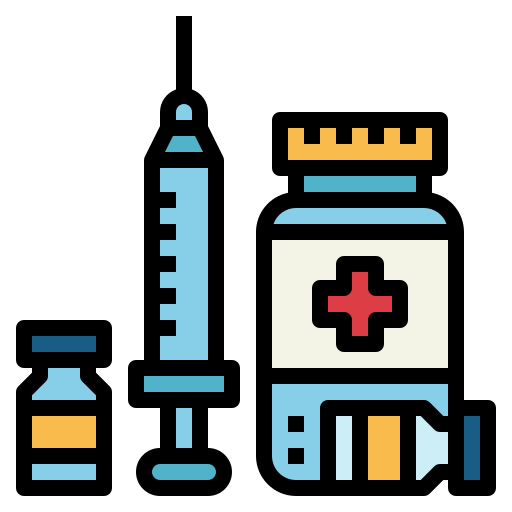To indicate the category of a formulary medicine, updated sections adopt the following key:
Preferred list (P): First-line formulary choices.
Total list (T): Alternative choices when preferred list options not effective/not tolerated, or not indicated.
Specialist initiation (S1): Specialist initiation, or on the advice of a Consultant or Specialist Practitioner in this therapeutic area. Continuation in primary care is acceptable.
Specialist use only (S2): Supply via hospital, Homecare Service or a hospital based prescription (HBP) for dispensing by community pharmacy. Not prescribed in primary care setting.
